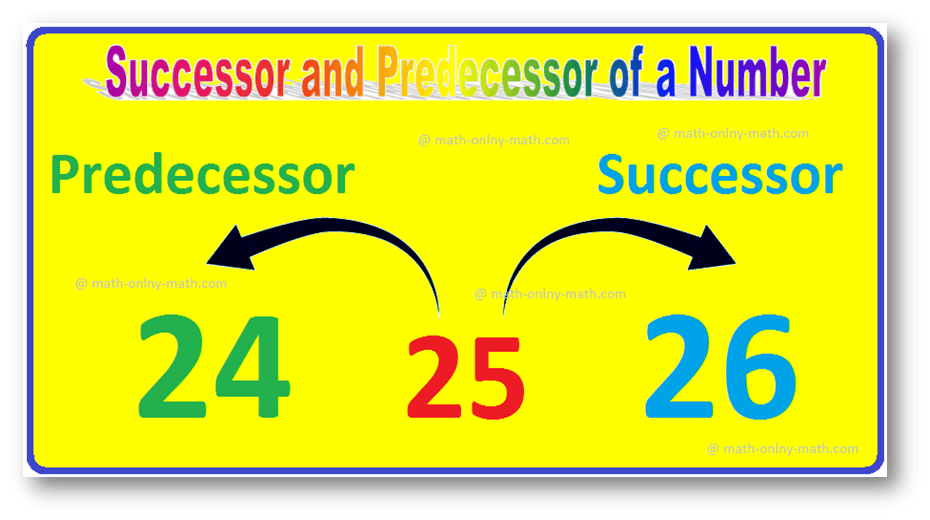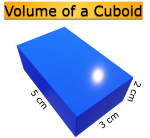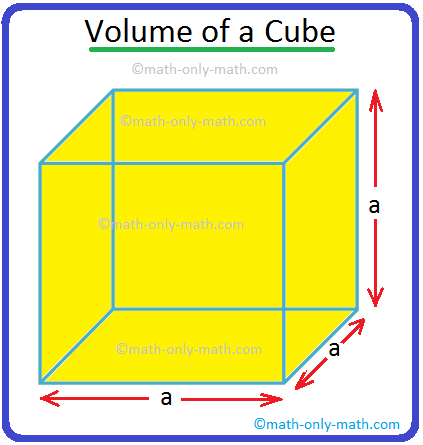Subscribe to our ▶️ YouTube channel 🔴 for the latest videos, updates, and tips.
Home | About Us | Contact Us | Privacy | Math Blog
Method of Elimination
Earlier we have seen about linear equation in two variables and an overview of solution of linear equation in two variables. From this topic onwards, we will deal mostly with solution of linear equation in two variables in detail. Under this topic we will get to learn about one of the methods of solving linear equations in two variables, i.e., method of elimination of one variable. In this method of elimination of one variable we will be eliminating of the variables out of two variables so as to find out the value of one variable and then substituting it into one of the equations to get the value of another variable.
Following are the steps involved in method of elimination:
Step I: Look carefully for the two equations as it is requirement of minimum of two equations for solving linear equations in two variables.
Step II: Have a close look at each coefficient of the variables and check for the least possible common multiple of the any of the coefficients.
Step III: Multiply both equations on both sides with constants such that one of the coefficients of any one variable becomes same and eliminate this variable having same coefficient by either adding or subtracting both equations.
Step IV: While we add or subtract these equations, one of the variable gets eliminated and we are left with linear equation in one variable. We can solve this linear equation in one variable.
Step V: As we get value of any one variable we put it into any of the given equations to solve for other variable.
This method is known as method of elimination as one of the variable is getting eliminated in order for solving the equation.
To understand the concept in a better way, let us have a look at the following examples.
1. Solve for the unknown variables ‘x’ and ‘y’:
x + 2y = 15 ……….…….. (i)
2x + y = 20……….…….. (ii)
Solution:
Solving these equations by method of elimination:
Looking at the coefficients of the variables of the given equations, we find that we can multiply equation (i) by 2 on both the sides so as to make coefficients of ‘x’ equal.
2x + 4y = 30 .......... (iii)
Subtracting equation (ii) from equation (iii), we get
3y = 30 – 20
⟹ 3y = 10
⟹ y = 10/3
Substituting y = 10/3 in equation (ii), we get
2x + 10/3 = 20
⟹ 2x = 20 – 10/3
⟹ 2x = 50/3
⟹ x = 50/6
⟹ x = 25/3
Hence, x = 25/3 and y = 10/3.
2. Solve for ‘x’ and ‘y’:
2x + 3y = 12 .......... (i)
3x + 2y = 15 .......... (ii)
Solution:
If we look closely at the coefficients of the variables of both the equations, we will find that we can either multiply equation (i) by 3 on both the sides and equation (ii) by 2 on both the sides to make coefficient of ‘x’ equal and solve the equations by eliminating ‘x’ from both the equations or we can multiply equation (i) by 2 and equation (ii) by 3 on both the sides to make the coefficient of ‘y’ equal and then solve the equations by eliminating ‘y’ from both the equations.
Let us use first method.
Multiply equation (i) by 3 on both the sides and equation (ii) by 2 on both the sides to make coefficient of ‘x’ equal and solve the equations by eliminating ‘x’ from both the equations, we get
6x + 9y = 36 .......... (iii)
6x + 4y = 30 .......... (iv)
Subtract equation (iv) from equation (iii), we get
9y – 4y = 36 – 30
⟹ 5y = 6
⟹ y = 6/5
Substituting y = 6/5 in equation (i), we get
2x + 18/5 =12
⟹ 2x = 12 – 18/5
⟹ 2x = 42/5
⟹ x = 42/10
⟹ x = 21/5
Hence, x = 21/5 and y = 6/5.
3. Solve for ‘x’ and ‘y’:
5x + y = 30 .......... (i)
x + y = 10 .......... (ii)
Solution:
As we can see that coefficients of ‘y’ in both the equations are equal. So, we don’t need to multiply any one the equations with any constant. We can directly go for elimination of ‘y’ from both the equations and solve the given equations.
On subtracting equation (ii) from equation (i), we get
5x – x = 30 - 10
⟹ 4x = 20
⟹ x = 20/4
⟹ x = 5.
Substituting x = 5 in equation (ii), we get,
5 + y = 10
⟹ y = 10 – 5
⟹ y = 5.
Hence, x = 5 and y = 5.
4. Solve for ‘x’ and ‘y’:
5x + 2y = 11 ............. (i)
2x + y = 13 ............ (ii)
Solution:
Looking at the given linear equations we find that we can either multiply eq. (i) by 2 and equation (ii) by 5 on both sides to make the coefficients of ‘x’ equal and then solve it by eliminating ‘x’ from both the equations or we can multiply eq. (ii) by 2 on both the sides and eliminate ‘y’ and solve the equations further to get the values of ‘x’ and ‘y’.
Going by second method as it is easy and short to eliminate ‘y’ from both the equations.
Multiplying eq. (ii) by 2 on both the sides, we get
4x + 2y = 26 ............. (iii)
Subtracting eq. (i) from eq. (iii), we get;
4x – 5x = 26 – 11
⟹ - x = 15
⟹ x = -15
substituting x = -15 in eq. (ii), we get;
2(-15) + y = 13
⟹ -30 + y =13
⟹ y = 13 + 30
⟹ y = 43.
Hence, x = -15 and y = 43.
Similarly, other problems could be solved using method of elimination.
From Method of Elimination to HOME PAGE
Didn't find what you were looking for? Or want to know more information about Math Only Math. Use this Google Search to find what you need.
Recent Articles
-
Successor and Predecessor | Successor of a Whole Number | Predecessor
Jul 29, 25 12:59 AM
The number that comes just before a number is called the predecessor. So, the predecessor of a given number is 1 less than the given number. Successor of a given number is 1 more than the given number… -
Worksheet on Area, Perimeter and Volume | Square, Rectangle, Cube,Cubo
Jul 28, 25 01:52 PM
In this worksheet on area perimeter and volume you will get different types of questions on find the perimeter of a rectangle, find the perimeter of a square, find the area of a rectangle, find the ar… -
Worksheet on Volume of a Cube and Cuboid |The Volume of a RectangleBox
Jul 25, 25 03:15 AM
We will practice the questions given in the worksheet on volume of a cube and cuboid. We know the volume of an object is the amount of space occupied by the object.1. Fill in the blanks: -
Volume of a Cuboid | Volume of Cuboid Formula | How to Find the Volume
Jul 24, 25 03:46 PM
Cuboid is a solid box whose every surface is a rectangle of same area or different areas. A cuboid will have a length, breadth and height. Hence we can conclude that volume is 3 dimensional. To measur… -
Volume of a Cube | How to Calculate the Volume of a Cube? | Examples
Jul 23, 25 11:37 AM
A cube is a solid box whose every surface is a square of same area. Take an empty box with open top in the shape of a cube whose each edge is 2 cm. Now fit cubes of edges 1 cm in it. From the figure i…






New! Comments
Have your say about what you just read! Leave me a comment in the box below. Ask a Question or Answer a Question.